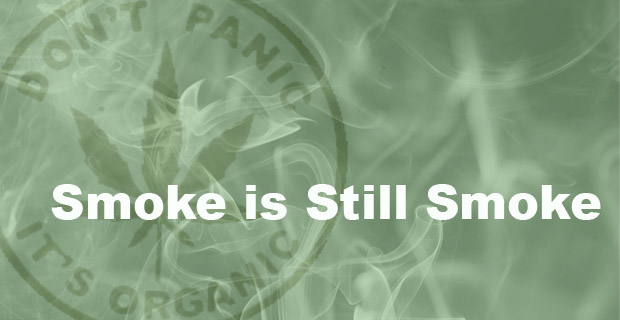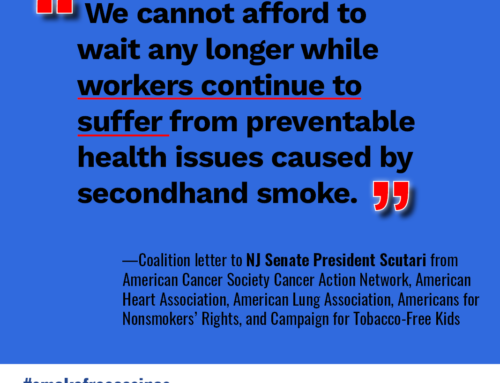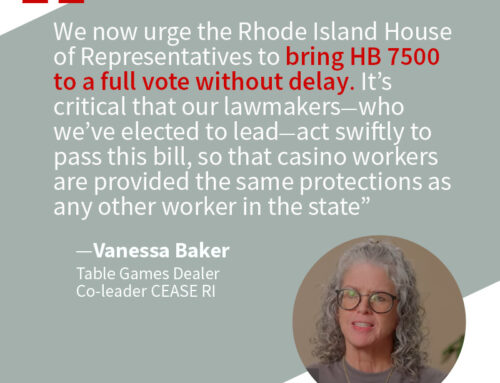In a year that experienced the nation’s worst wildfires in recent history, it is significant that the latest research on marijuana vaping and dabbing shows indoor particulate concentrations equivalent to dangerous air pollution events.
In a recent study (which will be published this fall), researchers studied marijuana particle concentrations at an event in a dispensary where vaporizing and dabbing were the primary sources of indoor air pollution. They saw Particulate Matter (PM) levels that ranged from 250 to 600 ug/m3 and emissions from dabbing and other forms of vaping marijuana that were near constant for six hours. Their take-home was that particle concentrations from dabbing and vaporizing cannabis can create levels of indoor air pollution similar to those seen in extreme air pollution events like wildfires and severe industrial pollution. Exposure at these concentrations can cause cardiovascular and respiratory disease.
Three ways to use this research to protect nonsmokers’ rights:
- Send this research summary to your local, county and state elected officials along with a personalized note about the need to protect nonsmokers’ rights. Elected officials are often approached by marijuana industry representatives and lobbyists to roll back smokefree and aerosol-free protections, so they need to hear from those on the side of public health too.
- In places that allow public smoking and vaping, ask the municipality (contact your local health department) to test the air quality in any place that allows vaping and determine if it poses a health risk to workers and people who must come in for deliveries or maintenance. Check also to see if the particles are entering neighboring buildings and causing a health risk.
- Write a letter to the editor about the dangers of exposure to marijuana smoke and emissions from vaporizers and dabbing, and include a link to the study. Much of the public simply doesn’t understand that marijuana smoke can be dangerous to public health.






